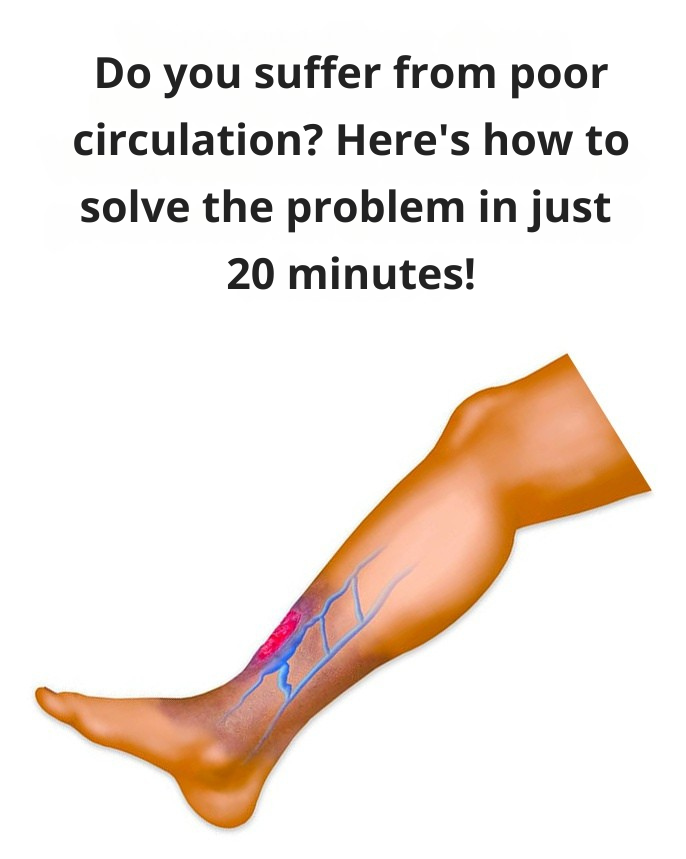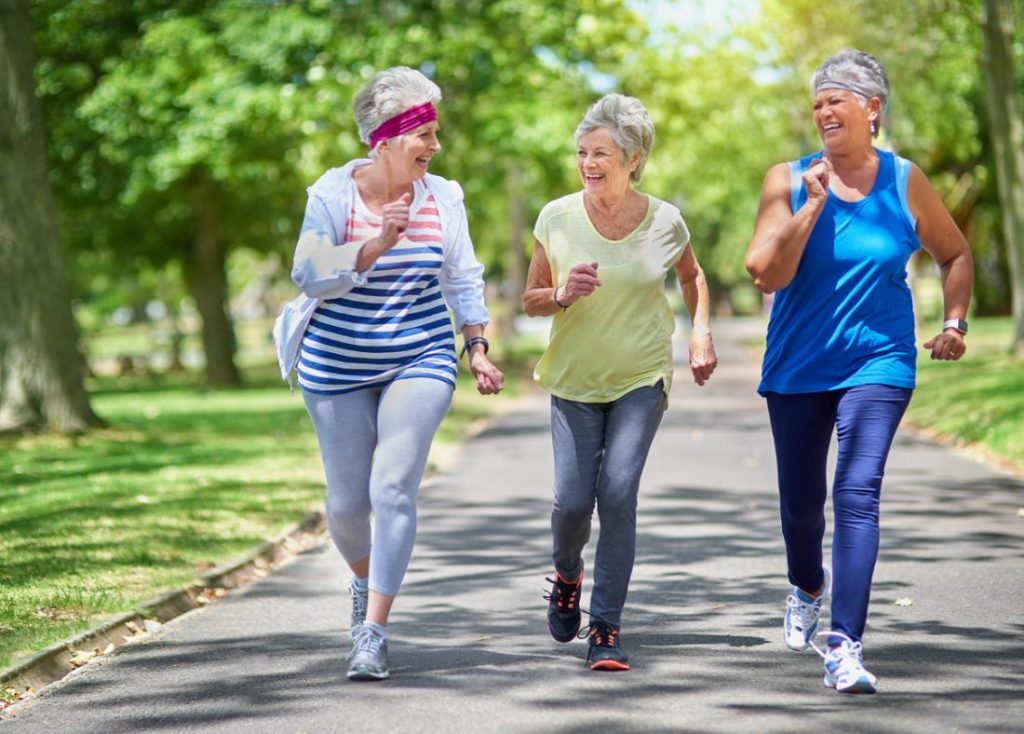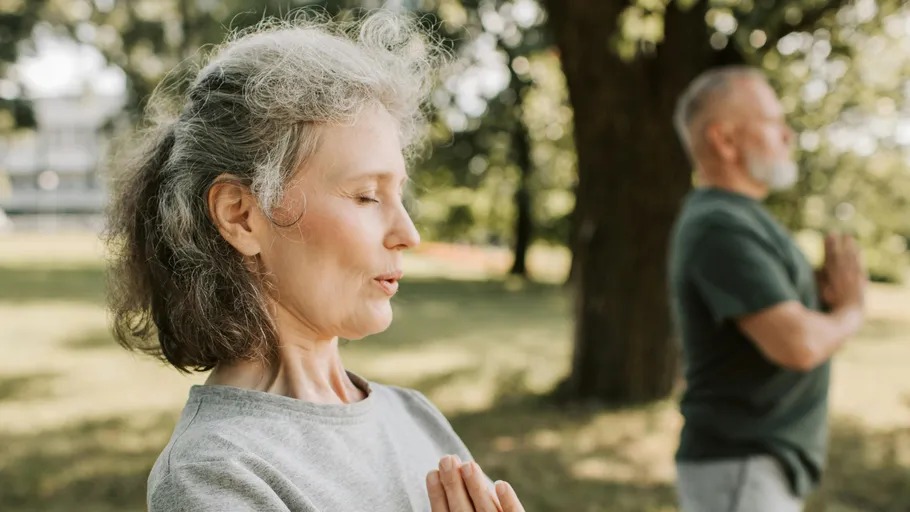
Poor circulation can often be managed with regular exercise and stretching. Just 15 to 20 minutes a day is enough to strengthen blood vessels, improve oxygen flow, and promote overall vitality. These exercises help vessels contract and dilate more efficiently, which is essential for maintaining good health.
In addition to structured workouts, it is important not to remain in the same position for hours at work. Standing, walking, bending forward, and rotating the ankles periodically can relieve discomfort in the feet and legs.
Below are effective exercises recommended by experts to improve circulation:
Stretching
Begin your day with gentle stretching before getting out of bed. Extend your arms and legs fully to activate muscles and stimulate circulation.
Joint Exercises

- Rotate your wrists several times.
- Stand up, lift your toes, then slowly squat until you feel muscle tension.
- Repeat at least 10 times.
Neck Exercises
- Slowly turn your head left and right, 10 times each.
- Lower your chin to your chest and gently shake your head.
Cracking sounds may occur at first—this is normal and usually decreases over time as ligaments loosen and circulation improves.
Push-Ups
Perform a set of 10 push-ups to build strength and stimulate blood flow. If standard push-ups are too difficult, do them on your knees.
Heel and Toe Raises
- Sit on a chair with knees bent at a right angle.
- Lift your toes off the floor while keeping heels down, then reverse by raising heels and keeping weight on toes.
- Alternate legs or do both simultaneously.
This helps relieve numbness, tingling, and pain in the legs.
Hand Exercises

- Stretch fingers wide, then make a fist and hold for a few seconds.
- Repeat several times.
- Follow with wrist rotations while extending your arm.
These movements prevent cramps and support circulation in the hands and arms.
Ankle Rotations
While sitting or lying on a bed with feet hanging off the edge:
- Rotate both feet 10 times clockwise.
- Then rotate them 10 times counterclockwise.
This increases ankle flexibility and boosts circulation in the lower limbs.
Walking
Walking naturally engages the muscles in the legs, which pump blood throughout the body. It is also effective for lowering blood pressure and improving oxygenation. Begin with short walks two or three times a week, gradually increasing duration and distance.
Swimming
Swimming provides a full-body workout with minimal joint strain. It enhances oxygen delivery to the heart and lungs, making it suitable for all ages and fitness levels, including those with joint or muscle pain.
Yoga

Yoga combines controlled breathing with gentle movement, increasing oxygen levels in the blood and promoting smoother circulation throughout the body.
Cycling and Dancing
- Cycling strengthens circulation in the lower body and builds endurance.
- Dancing may not be daily exercise, but it engages the entire body and is excellent for cardiovascular and circulatory health.
Conclusion
Regular movement is the key to healthy circulation. From simple stretches in bed to swimming, walking, or yoga, these exercises not only improve blood flow but also support energy levels, cardiovascular function, and overall well-being.